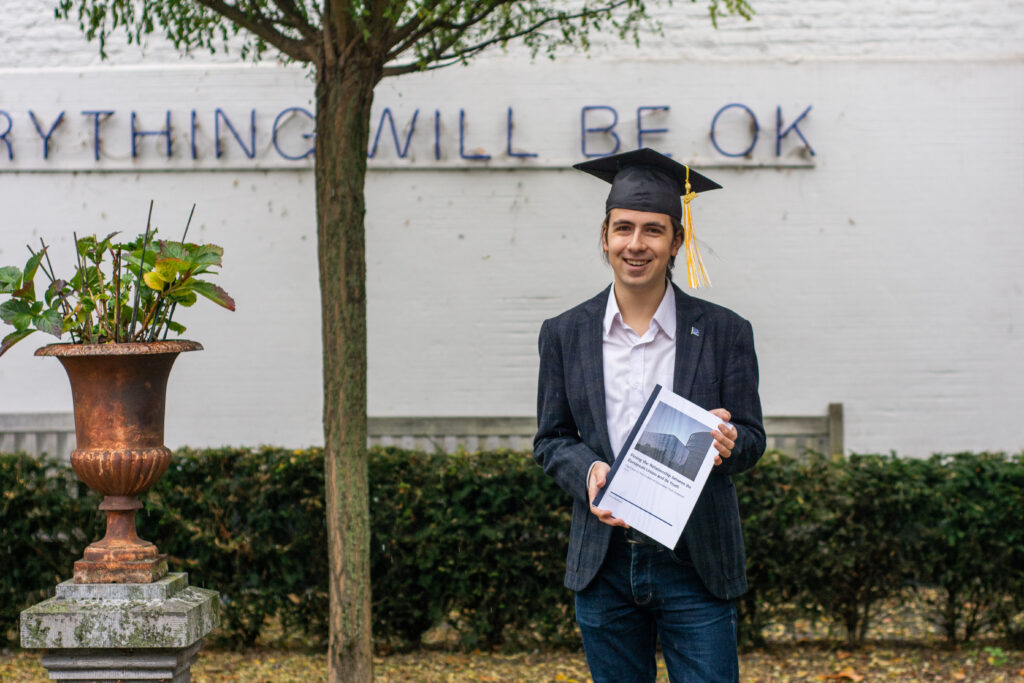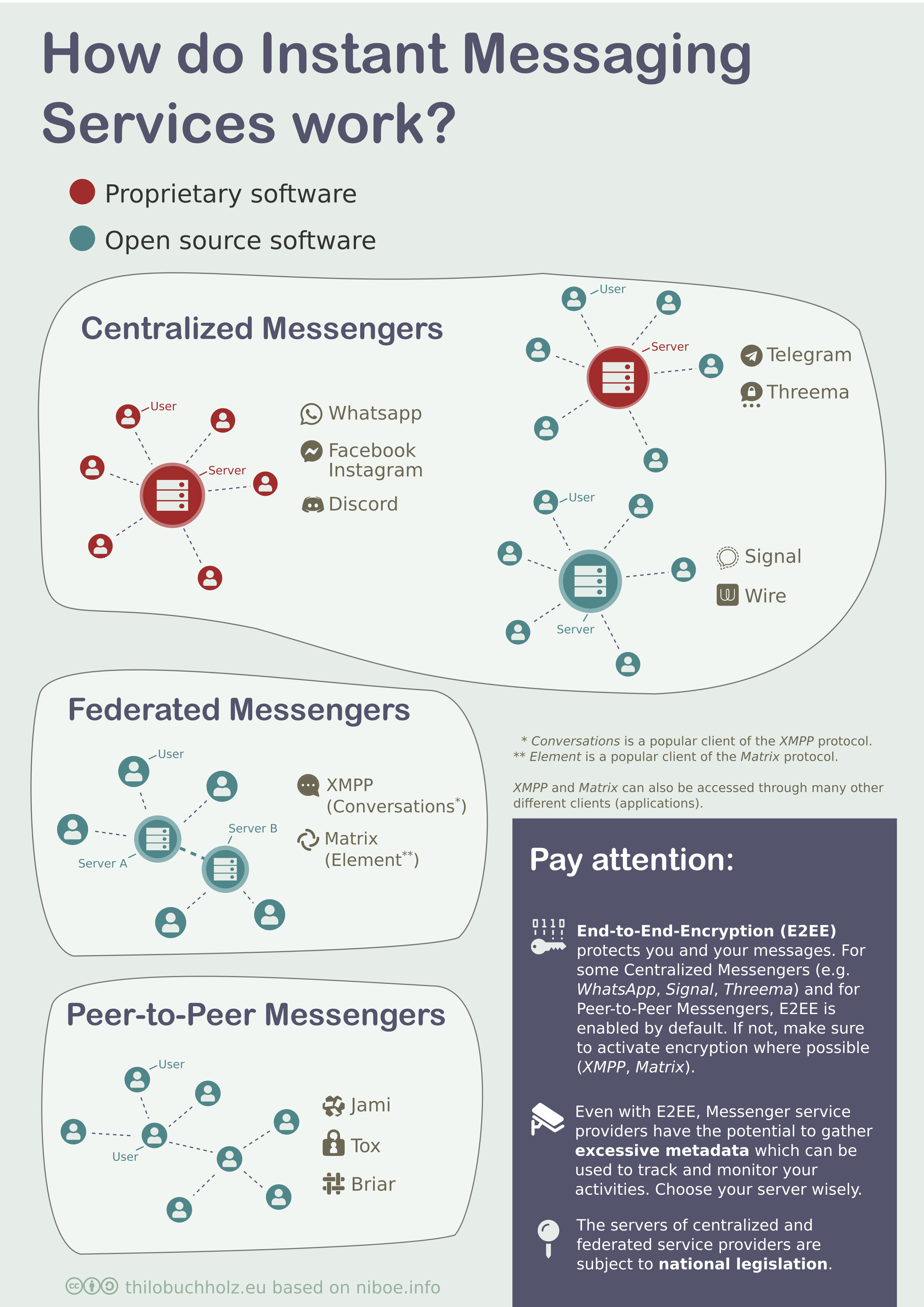Grab yourself a cup of tea. What follows is a long read. It offers reflection and insights – and potentially an idea to inspire similar action in other campus environments.
Juggling discomfort and perceptions of a hostile campus environment
There are students who – for various reasons – perceived the campus I have spent my past weeks on as a fundamentally hostile space. Having heard of their experiences, I think that the particular perception and fear of the campus as more of an authoritarian space rather than a democratic one is very understandable. At the same time, of course I refuse to believe that the College of Europe being an authoritarian/fascist organisation is an accurate portrayal of reality, and I luckily have evidence that to me strongly shows it isn’t. Still, as long as there is even a single person on this campus for whom this campus is a space of being terrified, we as student body are collectively perpetuating a violent environment and part of the problem. And it’s not something a code of conduct can solve. It’s something an institution’s administration can’t solve.
The importance of speaking up and the legitimacy of going public
Of course, addressing this internally and individually is the first path of action. Unfortunately, the courses of action aimed at that in our case didn’t work. And then, when attempts to increase internal pressure to encourage honesty and showing accountability for your actions have failed, a logical next step would be to apply external pressure. Would a strategy of searching for accountability through a collective submission to public scrutiny in principle be justified? In my eyes, yes. The justification, to me, stems mainly from (1) the unique position the College of Europe inhabits in the history of higher education institutions in Europe, (2) the implicit and explicit expectations of College of Europe students to throughout their lives assume extraordinary responsibility for the European integration process and for citizens in Europe and worldwide, and (3) the collective character of silence and indifference exercised towards students expressing their discomfort meriting an in-kind, i.e. collective, means of being addressed. Put in simple terms: The career prospects of 350 students are not more important than the well-being of 1 single of these students. If public pressure is the measure that can help change the campus so that people don’t have to be so fundamentally distrustful any longer and bring about accountability, then reasonable public pressure is, in light of my convictions stated above, a justified means.
There are downsides, of course. The magnitude and the dimensions of the retaliation for bringing public scrutiny on your own promotion aren’t predictable – especially, in a context in which you live in shared housing on campus. Public pressure will forcibly externalise the internal divisions among the student body, that run along the lines of how much we respect human dignity or each others rights. It would certainly break the silence. But even though one might hope that the chance for it is high, there is no solid guarantee that it would lead to people showing themselves accountable. It is uncertain whether public pressure makes people more compassionate and understanding. And if the creation of a dialogue of reflection and peace-building stemming from people understanding themselves as accountable for their actions fails, public pressure runs the risk of defeating its own purpose: After all, for those indescribably hurt and violated, when the process of bringing about justice and peace fails, the effects to our mental health from a changed campus dynamic after an attempt to leverage external pressure might worsen.
Adjusting priorities: Placing well-being over accountability, without being forced to grant a blanket amnesty of trust
In this sense, while justice is a noble goal – and one that we should not give up! – , the pursuit of accountability through engaging public scrutiny might effectively lead to a tangibly deteriorated living situation for those on campus who strive for justice in the first place. But if external pressure cannot promise to effectively address the problematic of a campus of fundamental distrust, and complacent silence and continuity of the status quo is highly undesirable, which path of action remains available? After many conversations and intense reflection, I together with a small group of students have decided to write and distribute a voluntary pledge.
There is one central idea which runs through the Pledge. In the fewest words possible, the idea behind the Pledge is: If you sign it, you can be trusted. If you sign the Pledge, that means that you believe in the convictions and dreams expressed in the Pledge and shared with all others who signed it. You show others that you want to be trusted just as you want to trust others. A friend of mine described it maybe in the best way: A promise to be nice.
The theory behind the Pledge: A localised procedural litmus test of trust
In a philosophical sense and in more abstract words, I would describe this Pledge as a localised procedural litmus test of trust. Describing these concepts one by one: To me, it is a litmus test, because the act of deciding to sign (or not sign) this Pledge exemplifies how you position yourself with regards to the contents of the Pledge which cover a distinct range of ideals, values and norms. It is a litmus test of trust, because trust to me is the key motivation behind the creation of this Pledge, and the guiding thread in its contents. A description as “litmus test of values and ideals” or something of the likes might be equally accurate, but in my opinion doesn’t caption the essence of the Pledge as good as the significance of “litmus test of trust” does.
It is a procedural litmus test of trust, because it is a test that is not qualitatively examined or requiring any substantial answering of questions. The test does not entail any evaluation, and there is no one assessing your performance in this test. You succeed in a procedural test simply through successfully completing all stages of the procedural steps by which it is defined. This procedural test only has one stage, and that is the individual decision to sign the Pledge.
Finally, it is a localised procedural litmus test of trust. Given the well-defined group of students at the College of Europe and its static character, one can reasonably assume that any given student on campus knows about the existence of this Pledge and therefore has the choice between signing it and not signing it. Assuming that, generally speaking, a person from outside the College does not know about the existence of this Pledge, that also entails that persons outside the College do not have the choice between signing it and not signing it. The localised character is further expressed in the words of the Pledge which specifically are directed from and towards the students of the 2022/23 promotion.
Gaining benefits without compromise and without disadvantages
And here’s why employing a localised procedural litmus test of trust in the form of this Pledge is a great idea:
It’s a path that actively builds a network of trust and thereby can reinforce a general feeling of safety and integrity for students. And it’s a test that you can’t fail. Seeing as it is a procedural test without any time limit, it might take shorter for some and longer for others to complete it, but everyone who wants to can pass it at any given moment.
Equally, it’s a test that you can’t cheat. Cheating a test, in this context, would mean that you complete it without the intention of completing it truthfully. A performative signature of a Pledge without believing in the contents of the Pledge, so to say. But here’s the thing: A person who doesn’t believe in the relevance of this Pledge will also not sign this Pledge – exactly because they think it is irrelevant. If they sign it, that means it has some relevance to them. It is impossible to sign a pledge and not understand the relevance of the contents of this pledge. And by virtue of the contents of the pledge, in the moment you signed it, you are, in the eyes of all others who have signed the pledge, morally bound by its contents.
Opposed to that: If you’re obliged to accept a code of conduct, you will most likely accept it regardless of whether you attach any relevance to it. But the decision to sign this Pledge or not is completely voluntary, and in its publication, we paid attention to create as little social pressure as possible to avoid any undue distortion.
By keeping the Pledge open to signature for all throughout the academic year, this path of action further avoids constructing any spaces that, in their essence, are exclusive or hierarchical. No one is put at a disadvantage. And it achieves all of that without compromising on its contents and the importance attached to the values and principles expressed in it.
Outlook
I am convinced that this Pledge will help and already is helping. It is impossible for me to empirically prove precisely the specific positive psychological and social effects that it has. But I have indicators. I see the smiles and contentment of friends. We’ve distributed stickers with the Pledge’s logo that I suddenly find on random places around the campus, gently reminding us that we’re not alone.
I do believe that the concept of a voluntary pledge like this might be transferable to other places. Be it different university campuses around the globe, a specific town, or for communities in general. Shared commitment to the ideals of such a pledge can reinforce and build networks of trust, aiming at positive paths of action contributing to the well-being of those negatively affected by others’ behaviour. It’s important to stress that such a pledge does not aim to replace frameworks that already address hurtful behaviour, but complements them and contributes to a feeling of safety. This is especially crucial where the existing frameworks are inapplicable, inaccessible, or simply fail.
If you like the Pledge and would like to support or replicate the project or it inspires/inspired you in any other way, please let me know and get in touch with me.
Take care!







